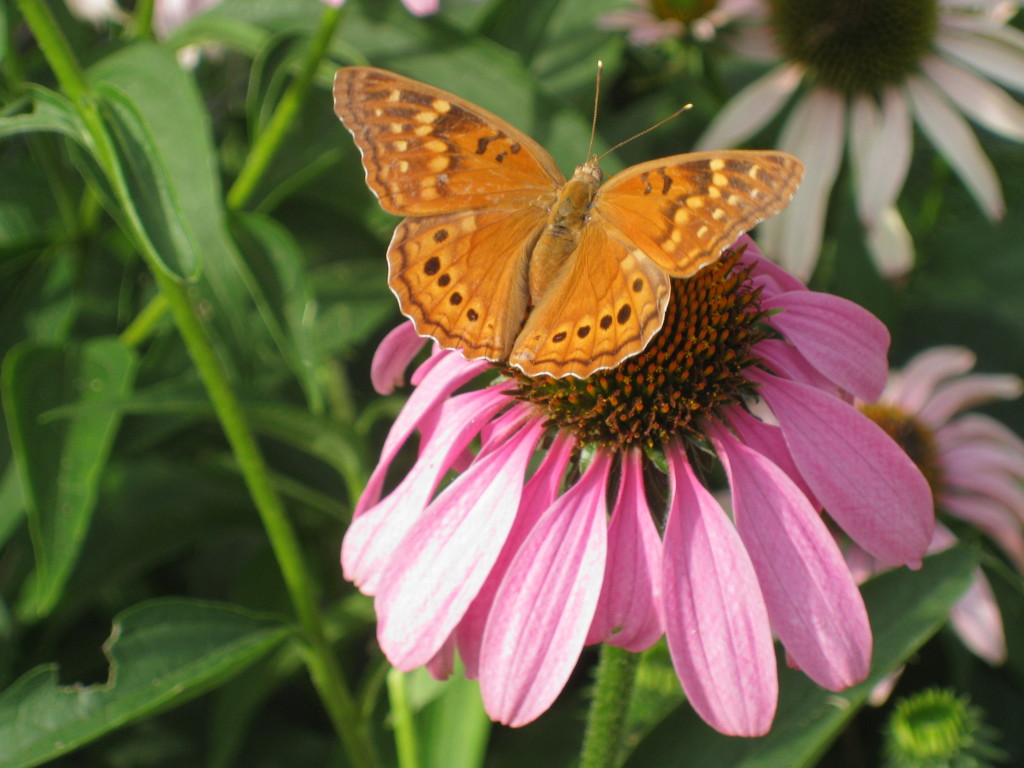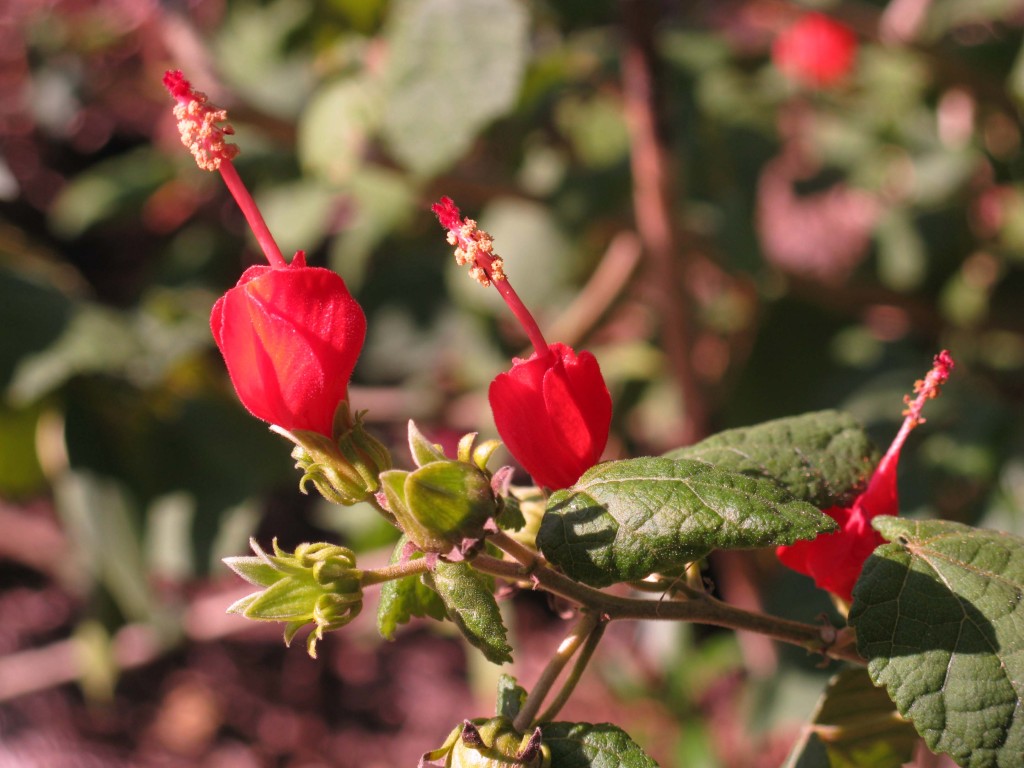Being WaterSmart is the best strategy—with or without drought
June 7, 2012
By Chris LaChance
Welcoming rains gave Houston some reprieve from the drought. However, already we seem to be back to hot, dry conditions. In addition, a fact we cannot ignore is that the population of the Houston area is predicted to double within twenty years, making water restrictions a real possibility even with our more normal 54 inch average annual rainfall. Whatever the case, the drought gave us an opportunity to rethink the way we view landscapes. This year, as you continue to plant or as you prepare for your fall garden, think about how you can make your yard “watersmart”. The watersmart landscape is a resilient, sustainable landscape in which beauty and function coexist in an eco-friendly environment. Here are a few tips to keep in mind as you take a fresh look at your landscape.
- Begin with a plan. The plan or design, forces us to take a step back and evaluate the site elevation (low and high spots), how the property drains, and just how much time you want and have to invest in maintaining the landscape. We have all had the problem of falling in love with a plant at the nursery only to end up wondering where to plant it once we are home.
- Improve the health of the soil. Healthy soil, containing lots of organic matter in the form of compost, allows soil to be more efficient at absorbing and retaining water. Due to its sponge-like quality, organic-rich soil is able hold a lot of water and then releases it slowly. There is no better time than the present to start your own composting program.
- Create permeable surfaces that allow water to penetrate into the soil. For example, a patio might be designed using brick pavers set into sand rather than being a solid concrete pad. There are many products now available that can improve permeability in the landscape and along sidewalks and driveways. We want to keep as much of the water we apply or that we get from rainfall.
- Reduce the size of the lawn area by gradually expanding planting beds. Lawns, by far, require the most input—time, money, and water. It is estimated that lawns absorb only one tenth of rainfall when compared to planted or natural areas. Turf has more shallow roots and is less effective in preventing erosion. Much of the nitrogen applied to keep lawns green ends up running off and polluting bayous and bays during a rain event or when we over-water.
- Add native plants. Most of these survived the latest drought period and with good reason. They are adapted to our periods of drought but are forgiving when deluges return. Once established, native plants require less water and need no chemical fertilizers or pesticides to flourish. As more native plants are added to the landscape, there will be an added bonus. Song birds along with butterflies and other beneficial insects will be attracted to plants that offer a natural food source. Remember, native wildlife and native plants evolved together.
- Mulch, mulch, mulch. A two to three inch layer applied twice a year to landscape beds and around trees conserves water, slows evaporation, protects root systems by keeping soil temperatures more even, and adds nutrients to the soil as the mulch decomposes. Be sure to keep mulch from covering the center or crown of plants as this may cause the plant to rot. Never pile mulch up against the trunk of trees. The “flare”, the base of the tree that curves outward, should always be visible.
- Maintain the landscape by being proactive. Remove weeds that compete with desirable plants for water and nutrients. Prune broken and dead branches on trees and shrubs as these can harbor plant pests and diseases. Inspect plants for pests. Often a good hard spray of water can stop a potential invasion.
- Enjoy your landscape. Often our landscapes are the only exposure to the outdoors we have on a regular basis. By following watersmart strategies you will have more time, energy and resources to make your yard a haven no matter what nature sends our way.
Chris LaChance is WaterSmart Coordinator for Texas AgriLife Extension and Texas Sea Grant, part of the Texas A&M University System. WaterSmart is funded by a grant from Houston Endowment, Inc. Contact Chris at c-lachance@tamu.edu.
 Texas Community Watershed Partners
Texas Community Watershed Partners 

